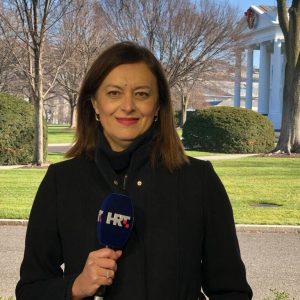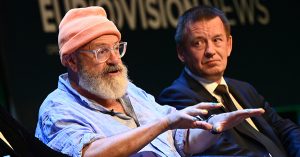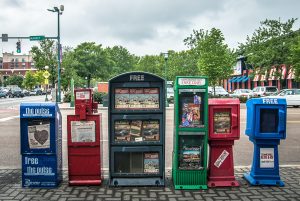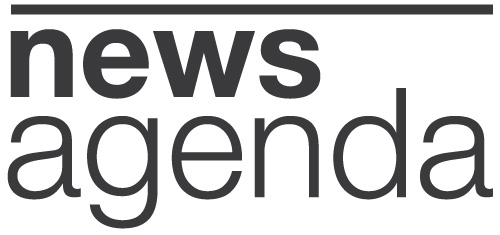Three years after the WHO officially declared a global pandemic, Washington, DC is still not the same town as it was before COVID-19.
At first sight, things look pretty much as they used to be: the crowded briefing room at the White House and the State Department. Back are the press events and conferences, interviews scheduled in person instead of via Zoom or Skype. But, many offices in downtown are still empty, and people who used to work there – analysts, professors, experts, activists, former politicians are not coming back to their old routines.
Meanwhile, the war in Ukraine entered its second year, with no signs on the horizon of when or how it is going to end. The Russian invasion of a neighboring country has become a dominant topic for American and foreign media, especially since the US is playing a leading role among the Western allies supporting Ukraine. Croatia is an EU and NATO member, so the conflict is a very important topic for the Croatian audience too.
This crisis confirms: one of the good things about reporting from Washington is the availability of the US administration to the media, including foreign journalists.
The WH, State Department, Pentagon offer daily briefings, and politely answer to media requests. The challenge is to dive deeper and find opinions which differ from the official ones, and feel the pulse of the public.
Another topic that already dominates the American mainstream media is the 2024 presidential election. Eighty year old American President Joe Biden is considering running for reelection. His 76 year old political arch enemy Donald Trump already announced he would attempt to return to the most prestigious American address, Pennsylvania Avenue 1600.
The election for the White House will take place on November 5th, 2024, which seems like a distant future everywhere, but in the US capital. But, the art of American political and media spectacle which follows a long race for president is interesting for TV viewers everywhere. Being a correspondent in Washington means trying to explain the political dynamics of the US, putting political events and developments into perspective and finding an important angle for my audience.
My newsroom covers events and topics from the US daily. I cover breaking news, and produce stories from the field. Our audience is mostly looking for more in-depth political, social and economic stories. Croatian viewers expect an unbiased and well informed approach, containing different sources and voices. Also, since many Croatian expats and a large diaspora live in the US, our viewers are interested in stories about Croatian entrepreneurs, scientists, doctors, students and athletes living in America.
I’ve been reporting for Croatian Television (and often for our radio programme and website) from the United States for almost 18 years. In the meantime, technology has changed and I had to adapt. I became a video journalist and mostly film and edit my own stories. Some challenges are old. Although I have cultivated reliable sources, a foreign journalist from one of the smaller European countries is still not a priority for many interesting American interlocutors.
Some challenges are new. The speed of digital media and social platforms has erased the time difference between two continents almost completely. The whole news industry is changing permanently, and America is changing at the same speed. A task of a correspondent is to try to understand and explain changes, stay relevant, trustworthy, plus interesting.
Chinese spy balloons. Clouds of recession. A permanent immigration crisis on the US, Mexican border. Reparation for slavery. Gun violence. Elon Musk’s Twitter drama. Chris Rock vs. Will Smith. Social trends which mostly started in the US and then spread around the world. Which topics and phenomena are the most interesting for a Croatian Television viewer? What should I focus on to be on a news frontline? Those decisions are made together with my editors. However, my task is to recognise the importance or relevance of the themes, find interesting interviewees this town offers. Because, only while living in DC, will you get a chance to find the single UFO lobbyist in America (probably in the world) lobbying the US to acknowledge “an extraterrestrial presence engaging the human race“.
The natural environment for a journalist is a newsroom, to hear and see colleagues in person, exchange views, get feedback, observe what they do. I lack this element in my work routine. However, I’ve established a remote workflow with my newsroom in Zagreb. They provide input about what is interesting for our program and its audience, and they provide technical and logistical support as needed. I often work with the EBU team in the US, especially while covering big events and breaking news. Other times, HRT sends a crew from Croatia for events that are determined to be especially important, such as interstate visits, the UNGA, the US elections, etc., and we cover these events here as a team.
There are other foreign correspondents in DC, who are also a “one person crew”, reporting on their own from Washington, and we meet frequently. Over time, I have become friends with some great journalists who live in DC, and can always count on a good debate about current events. Although, I’ve been away from Croatia, I get regular feedback from our viewers, telling me which stories they liked, and which aspects of America they’d like to learn more about. Mostly they reach out through social media, some send e-mails, and when I am back in Croatia they gladly approach me with comments and suggestions.
During my mandate in DC over the years numerous new platforms and news trends were born. Despite all the changes we have witnessed in international geopolitics, the news landscape, the requirement for journalists in the face of evolving technology, one thing remains the same in 2023: my role as a correspondent in Washington, DC is still to bring America closer to Croatian public broadcaster viewers and try to explain the United States’ complexity in politics and everyday life.











